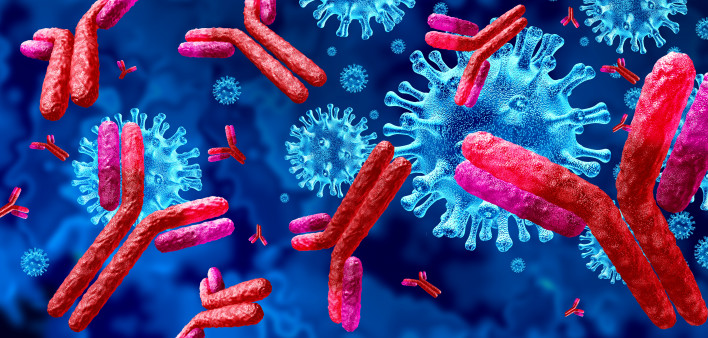On August 23, the Food and Drug Administration (FDA) issued an emergency use authorization (EUA) for convalescent plasma for the treatment of hospitalized patients with COVID-19.
Convalescent plasma, collected from people who have recovered from COVID-19, contains antibodies against the new coronavirus, officially named SARS-CoV-2. It has been widely used to treat people with severe illness, but it has not yet been rigorously tested in randomized controlled trials—the gold standard for demonstrating that a new therapy works.
FDA Commissioner Stephen Hahn, MD, explained the rationale for the decision in an agency news release.
“We’re encouraged by the early promising data that we’ve seen about convalescent plasma. The data from studies conducted this year shows that plasma from patients who’ve recovered from COVID-19 has the potential to help treat those who are suffering from the effects of getting this terrible virus,” he said. “At the same time, we will continue to work with researchers to continue randomized clinical trials to study the safety and effectiveness of convalescent plasma in treating patients infected with the novel coronavirus.”
But some experts think the authorization is premature.
“While the data to date show some positive signals that convalescent plasma can be helpful in treating individuals with COVID-19, especially if given early in the trajectory of disease, we lack the randomized controlled trial data we need to better understand its utility in COVID-19 treatment,” Thomas File, Jr., MD, president of the Infectious Diseases Society of America (IDSA), said in a statement. “For this reason, IDSA supports the continued collection of data in randomized clinical trials to better understand the benefits of convalescent plasma treatment before authorizing its wider use in patients with COVID-19.”
According to a report in The New York Times, the EUA was put on hold after experts at the National Institutes of Health, including Francis Collins, MD, and Anthony Fauci, MD, argued that the available data are too weak. But the FDA went ahead with the authorization after President Donald Trump tweeted that “deep state” elements within the agency were slowing access to COVID-19 treatments until after the election, leading to concern that the FDA’s decisions may be unduly influenced by politics.
An EUA is not equivalent to approval, and it could be rescinded if further studies do not confirm effectiveness, as happened with hydroxychloroquine—another therapy touted by Trump. In the meantime, the authorization allows health care providers to administer the treatment.
“The FDA determined that it is reasonable to believe that COVID-19 convalescent plasma may be effective in lessening the severity or shortening the length of COVID-19 illness in some hospitalized patients,” according to the news release. “The agency also determined that the known and potential benefits of the product, when used to treat COVID-19, outweigh the known and potential risks of the product and that that there are no adequate, approved, and available alternative treatments.”
The EUA is supported by data from an expanded access program overseen by the Mayo Clinic, which has facilitated administration of convalescent plasma to some 70,000 people nationwide (ClinicalTrials.gov number NCT04338360).
Results from about half that number of patients were published as a preprint but have not yet appeared in a peer-reviewed medical journal. In that analysis, about half were in intensive care units and a quarter were on mechanical ventilators. There was no untreated control group for comparison. Clinicians who administered the plasma did not know whether it contained a high, medium or low level of SARS-CoV-2 antibodies.
The seven-day mortality rate was 8.7% for patients who received plasma transfusions within three days after their COVID-19 diagnosis, rising to 11.9% for those treated four days or more after diagnosis. Thirty-day mortality rates were 21.6% versus 26.7%, respectively. Those who received plasma that contained more IgG antibodies fared better than those who received plasma with lower levels. Among those who received plasma with the highest antibody levels, the relative risk of death within seven days was reduced by 35% and the relative risk of death within 30 days declined by 23%, compared with those who got plasma with low levels.
Hahn overstated these findings when he announced the EUA at a White House briefing, suggesting that the treatment would have saved 35 out of 100 severely ill patients, an error for which he later apologized.
I have been criticized for remarks I made Sunday night about the benefits of convalescent plasma. The criticism is entirely justified. What I should have said better is that the data show a relative risk reduction not an absolute risk reduction.
— Dr. Stephen M. Hahn (@SteveFDA) August 25, 2020
The FDA stated in its announcement that convalescent plasma “does not yet represent a new standard of care based on the current available evidence,” and that the EUA is not intended to replace randomized clinical trials.
But some critics of the authorization fear that expanded use could limit enrollment in such studies. Even more so, they are concerned that the perception of politicization of the FDA could have enduring ramifications related to public acceptance of a hastily approved vaccine.







Comments
Comments